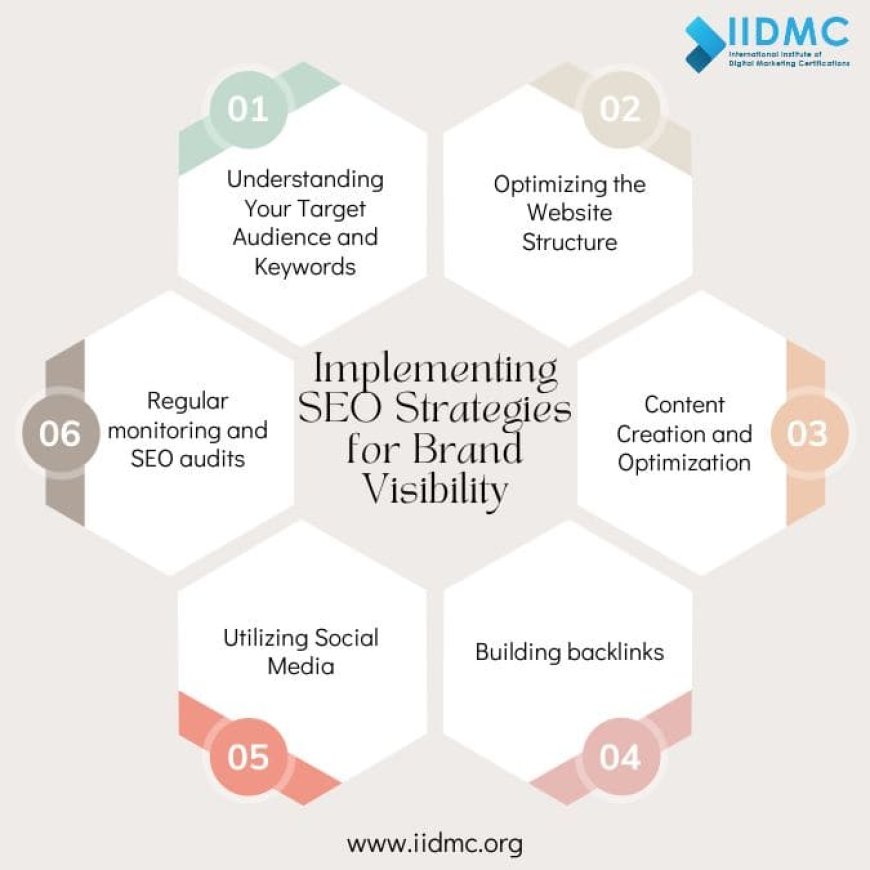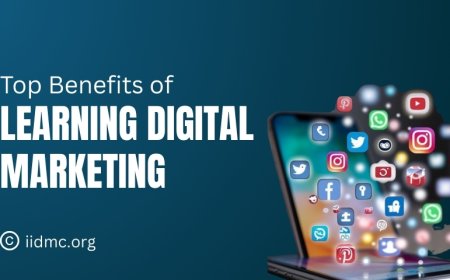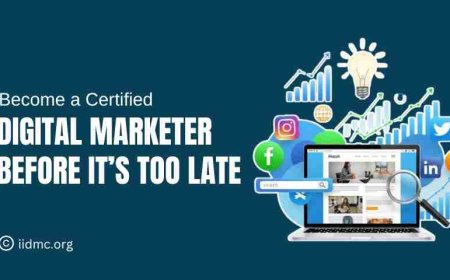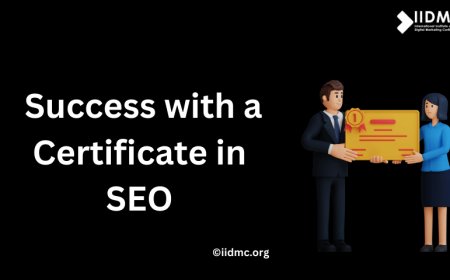Enhancing Your Brand Management Techniques
Learn simple yet powerful techniques to boost your brand management efforts. Enhance your brand identity and engage your audience effectively online.

Brand management is critical to the success of organizations of all sizes in today's fast-paced digital marketplace. Empower your brand by understanding tactics that increase visibility while also strengthening your brand's reputation. In this comprehensive guide, we will delve into proven strategies and tactics to improve your brand management skills, providing you with the tools you need to thrive in today's competitive market.
Brand management refers to the strategic and tactical activities aimed at shaping and sustaining a brand's perception in the eyes of customers. It encompasses all aspects of a brand's presence, from visual identity to messaging and customer interactions.
Effective brand management is critical because it builds brand loyalty, instills trust, and distinguishes your brand from competitors. Businesses can gain client loyalty and achieve long-term growth by establishing a strong brand image.
Building Brand Equity
Brand equity is the intangible value connected with your brand, which includes consumer views, brand awareness, and loyalty. Building great brand equity is critical for sustaining a competitive advantage and achieving long-term success.
-
What is brand equity?: Brand equity refers to both tangible and intangible assets, including brand awareness, reputation, and consumer loyalty. It symbolizes the added value that consumers place on your brand, which can lead to higher sales and market share.
-
Techniques for Building Brand Equity: To gain trust and loyalty, focus on consistently providing high-quality customer experiences. Invest in brand-building activities like advertising campaigns, sponsorships, and community engagement programs. Furthermore, actively monitor and manage brand associations to ensure they are consistent with your desired brand image.
Implementing SEO Strategies for Brand Visibility
Search Engine Optimization (SEO) is the practice of improving a website to increase its ranking in search engines such as Google. A higher position boosts a brand's visibility, resulting in more traffic and potentially more business. This is critical for brand recognition and reputation in the digital realm.
1. Understanding Your Target Audience and Keywords
-
Audience Research: First, identify and comprehend your target audience. Determine what your target audience is looking for, including their age, interests, and other demographic information.
-
Keyword Research: Use Google Keyword Planner, Ahrefs, or SEMrush to identify keywords that are relevant to your brand and have a high search traffic. Consider both short-tail and long-tail keywords.
-
Competitor Analysis: Determine which keywords your competitors rank for. This might assist you gain insight into market trends and improve your keyword approach.
2. Optimizing the Website Structure
-
Mobile Responsiveness: Make sure your website is mobile-friendly, as a large percentage of users browse on mobile devices.
-
Site Speed: To improve website speed, compress graphics, minify code, and use fast hosting services. Google prioritizes quicker websites in its search results.
-
User-Friendly Navigation: Develop a clear and logical navigation structure. A positive user experience can reduce bounce rates while increasing the likelihood of higher rankings.
3. Content Creation and Optimization
-
High-Quality Content: Create original, valuable content that meets your audience's needs. To keep users interested, content should be both educational and interesting.
-
SEO-Friendly Formatting: Structure your material using headers and subheaders (H1, H2, and H3 tags). This helps search engines grasp the content hierarchy and index your pages more efficiently.
-
Keyword Integration: Keywords are naturally integrated into your text. Keyword stuffing might result in penalties from search engines.
4. Building backlinks
-
Quality above quantity: Look for high-quality backlinks from respected websites. These are important for SEO since they serve as a vote of confidence from one website to another.
-
Guest Blogging: Write content for other sites in exchange for a hyperlink to your website. Select blogs that are relevant to your sector.
-
Broken Link Building: Identify broken links on other websites and give your information as a solution. This can be an efficient method for gaining backlinks.
5. Utilizing Social Media
-
Social Signals: While social signals may not have a direct impact on SEO rankings, they can increase visibility and bring visitors to your site.
-
Content distribution: Use social media networks to share your content and interact with followers. Regular updates and interactions can help improve your internet presence.
6. Regular monitoring and SEO audits
- Analytics: Use tools like Google Analytics to monitor traffic, engagement rates, and other performance indicators. This data can assist you in determining what works and what needs to be improved.
- SEO Audits: Conduct SEO audits regularly to discover and correct issues such as broken links, out-of-date material, and SEO non-compliance that may be affecting your performance.

How can I improve my brand's visibility online?
Improving your brand's online presence is essential in today's digital surroundings, and it necessitates a comprehensive approach to digital marketing. Here are some major methods you may use to optimize your digital marketing efforts:
Search engine optimization (SEO) is critical. Improve your website's exposure in search engine results pages (SERPs) by optimizing its content with important keywords, increasing site speed, and guaranteeing mobile compatibility. Conduct extensive keyword research to determine what potential clients are looking for, then customize your content to match those terms.
Social Media Marketing is vital for growing brand visibility and direct engagement with your target audience. Regular posting, interacting with followers, and deploying targeted ads on platforms such as Facebook, Instagram, Twitter, and LinkedIn can help you increase your visibility. These platforms provide a wide range of material formats, including text, photographs, videos, and live broadcasts, allowing for innovative and compelling communication.
Pay-per-click advertising (PPC) can also be incredibly effective. Investing in PPC ads on platforms such as Google AdWords and Bing Ads can help bring targeted visitors to your website. This strategy enables you to attract clients who are actively looking for items or services similar to yours via tailored advertising based on user searches.
Email marketing is another effective method. Building and nurturing your email list allows you to design tailored email campaigns that keep your brand at the forefront of potential customer's minds, driving return visits and growing client loyalty.
Influencer marketing entails collaborating with influencers who have a large following in your sector. Their endorsement can greatly increase your brand's credibility and reach within key market segments.
By following these methods with patience and consistency, you may drastically improve your brand's online visibility, resulting in increased traffic and conversions. Each component of your digital marketing plan is crucial to attaining the overall aim of extending your digital footprint.
Effective brand management is essential to organizations seeking to succeed in today's competitive market. Implementing the tactics mentioned in this guide will increase your brand's visibility, credibility, and client loyalty. To ensure long-term success, keep your brand constant, check its perception, and react to changing consumer preferences.





























